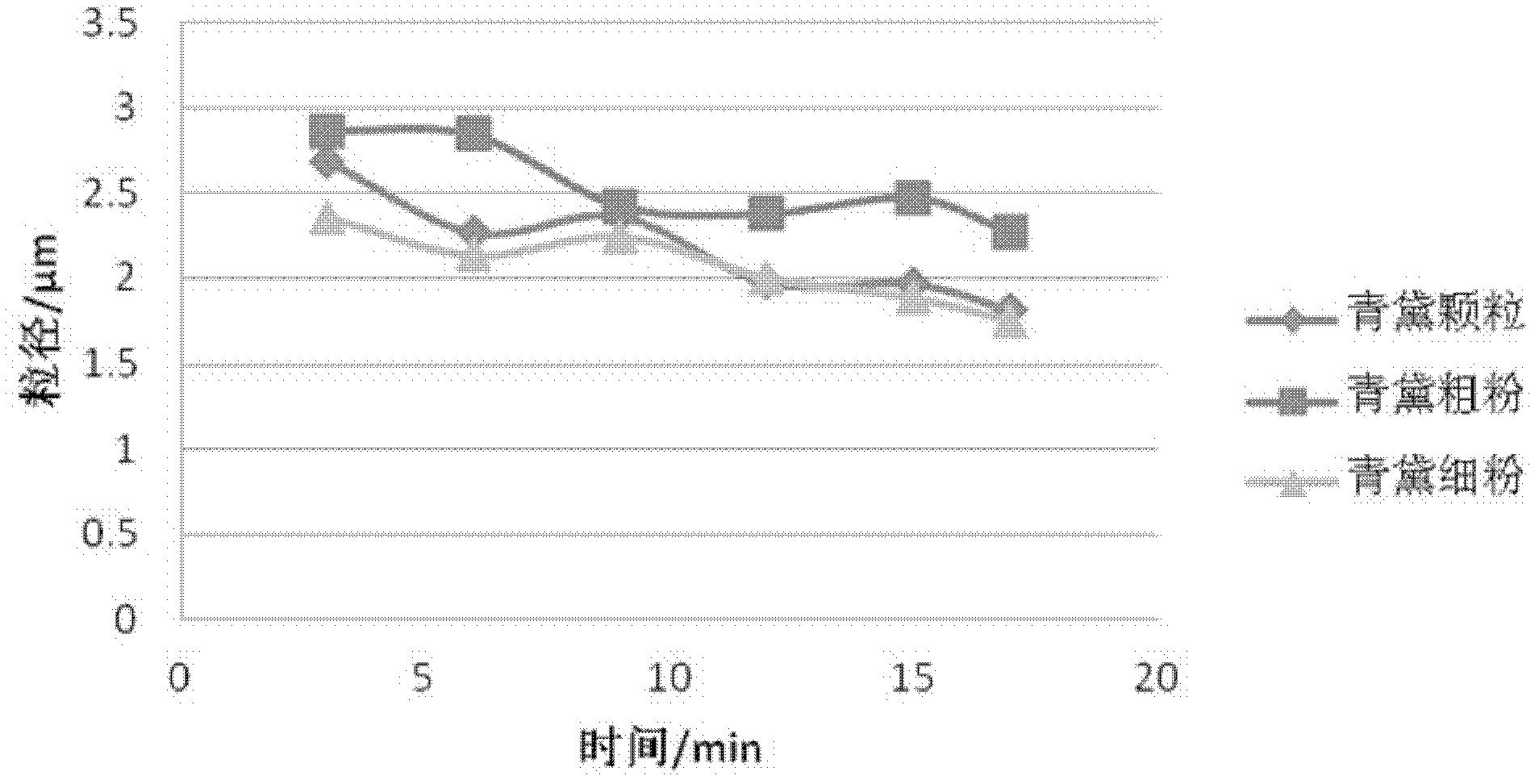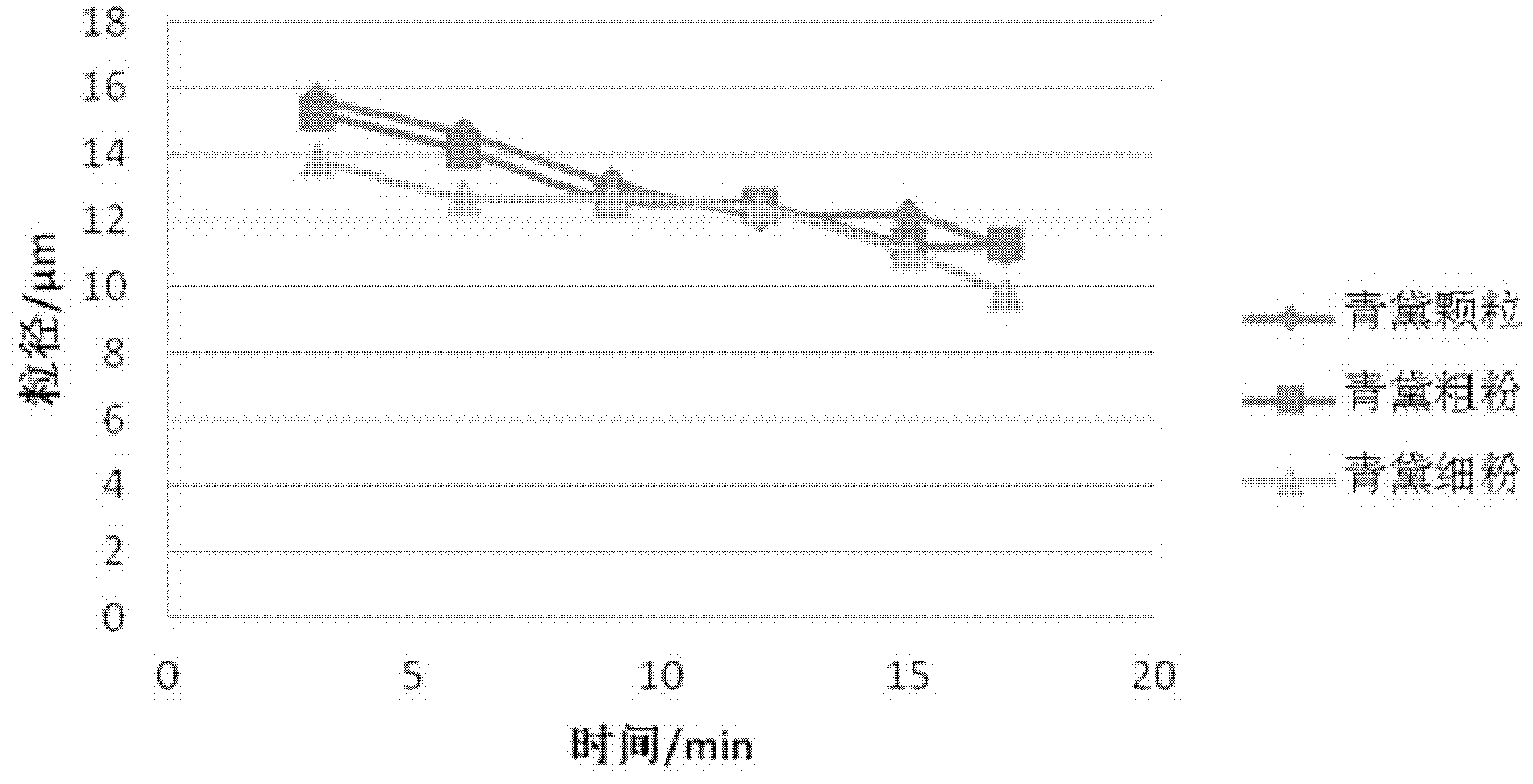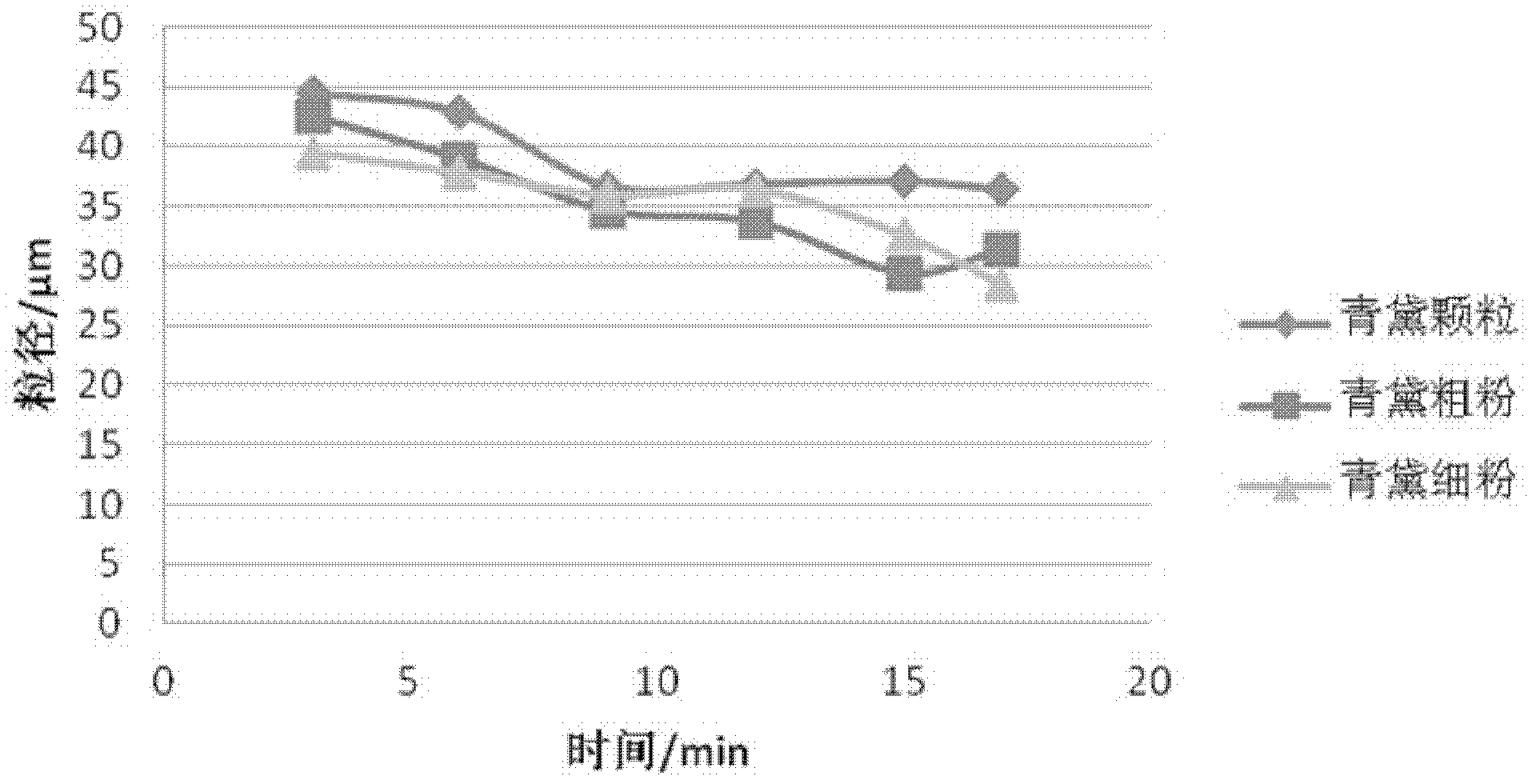Traditional Chinese medicinal powder and preparation method thereof
A technology for traditional Chinese medicine powder and traditional Chinese medicinal materials, which is applied in the directions of pharmaceutical formulations, powder delivery, and medical preparations containing active ingredients, etc. Increases hydrophilicity and reduces fishy odor
- Summary
- Abstract
- Description
- Claims
- Application Information
AI Technical Summary
Problems solved by technology
Method used
Image
Examples
Embodiment 1
[0066] Embodiment 1 The basic procedure of Chinese medicine powder particle design of the present invention
[0067] The basic process of traditional Chinese medicine particle design includes: (1) pretreatment of medicinal materials; (2) determination of powder parameters; (3) formulation of design procedures and screening of structural models; (4) control of process parameters; (5) establishment of evaluation models.
[0068] Pretreatment of medicinal materials: The medicinal materials must be fully dried before being pulverized. Generally, it is best to control the water content within the range of 3-5%. The prescribed medicinal materials are separately crushed into coarse powder (80-100 mesh) for later use.
[0069] Determination of powder parameters: determination of particle size distribution, shape, specific surface area, moisture absorption rate, critical relative humidity, wettability, angle of repose, bulk density, void ratio, compression degree, dissolution rate, fib...
Embodiment 2
[0073] Example 2 Study on the Influence of Pretreatment of Chinese Medicinal Materials on Particle Forming in the Preparation of Chinese Medicinal Powder of the Present Invention
[0074] (1) The particle size variation of Indigo Naturalis granules, Indigo Naturalis coarse powder, and Indigo Naturalis fine powder at different time points
[0075] Take Qingdai granules (raw materials provided by the company), Qingdai coarse powder (between No. 1 sieve and No. 2 sieve), and Qingdai fine powder (between No. 7 sieve and No. 9 sieve), and control the moisture content at about 3%. Study the change rule of the material fineness at different crushing time points for the above three samples under the same feeding amount and the same crushing conditions. The initial feeding is 700g, and samples are taken at 3, 6, 9, 12, 15, and 17 minutes respectively, each sampling volume is about 5g, and the change of particle size distribution is measured by the Malvern laser particle size diffractom...
Embodiment 3
[0088] Embodiment 3 solves the oxidation loss of the anthraquinone components in rhubarb in Liaoyuan Qili powder during storage
[0089] Liaoyuan Qilisan was first recorded in the sixth volume of "Ministry of Health's Drug Standard Traditional Chinese Medicine Prescriptions" in 1992, and it was added and subtracted from the classic prescription Qilisan. This product can be taken orally and can be used externally, and can be widely used for bruises, redness, swelling and pain caused by internal stagnation of blood stasis, and has good market potential. However, due to the ultrafine grinding, the anthraquinone components in the rhubarb medicinal material are directly exposed to the air, the specific surface area is large, and the contact area with oxygen is large, so it is easy to be oxidized and lost, resulting in a decrease in drug efficacy. Therefore, Chinese medicine particle design technology is used to wrap rhubarb powder containing anthraquinones in the inner layer to iso...
PUM
 Login to View More
Login to View More Abstract
Description
Claims
Application Information
 Login to View More
Login to View More - R&D
- Intellectual Property
- Life Sciences
- Materials
- Tech Scout
- Unparalleled Data Quality
- Higher Quality Content
- 60% Fewer Hallucinations
Browse by: Latest US Patents, China's latest patents, Technical Efficacy Thesaurus, Application Domain, Technology Topic, Popular Technical Reports.
© 2025 PatSnap. All rights reserved.Legal|Privacy policy|Modern Slavery Act Transparency Statement|Sitemap|About US| Contact US: help@patsnap.com



